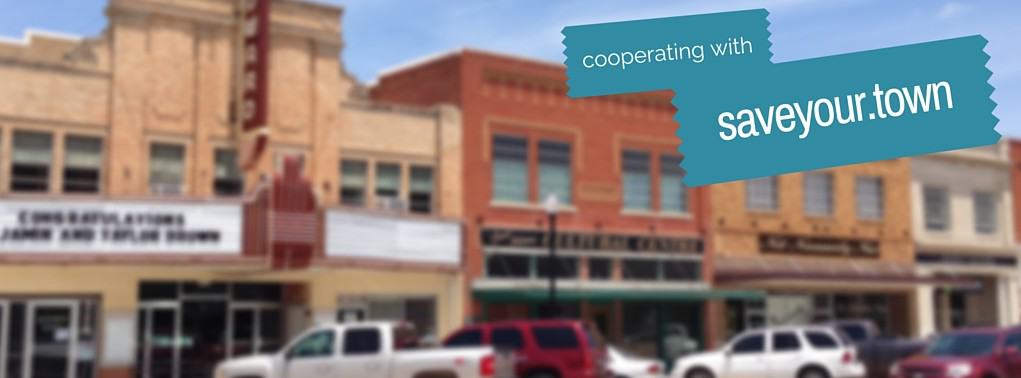
Formal council meetings don’t automatically lead to two-way dialogue. Paula shares specific steps you can take for better dialogue.
By Paula Jensen
Quite simply, community dialogue is an exchange of ideas and experiences through listening, sharing, and questioning. At its best, community dialogue is created in a safe environment where a diverse group of people gather to talk and understand each other. Community dialogue at its worst looks something like the embarrassing story I am going to share about my own community members and town board.
The Town Board Meeting – The Old Way
A few years ago, there was a local issue flaring up in my community. Honestly, I can’t even remember the topic of the issue, but it was important enough that community residents were rallying together to attend the monthly town board meeting so they could have a voice in the decision-making process. I decided to attend. About 15-20 residents filed into the fire hall taking a seat on a folding chair or standing against the wall as the meeting was called to order. The town board and staff sat at a rectangle table at the front of the building. They moved through the approval of their agenda never acknowledging the small crowd to their back.
The crowd sat quietly and respectfully for the first 30 minutes, but then some chatter started in the back. After more than an hour the town board got to the issue at hand. The town board began discussion among themselves at the table, which was hard to hear because two of them had their backs to the group. Someone sitting toward the back of the room asked, “Could you speak up?” Again, the town board members never acknowledged the group but continued their discussion with each other about the issue at hand.
Suddenly something was said by one of the town board members that was clearly heard but not popular with the group. The man behind me started booing loudly! Others started talking and heckling. One person was saying, “Be quiet! I can’t hear.” One of the town board members then turned to ask the group to quiet down and show respect as they finish their discussion. Someone yelled, “Don’t we get to speak?” There was no response. The town board made their motion, voted, approved their decision, and moved to the next agenda item.
In the chaos, people started to realize the town board had moved past their issue, so they noisily filed out of the fire hall into the parking lot. The group was confused about what had just been decided and everyone was astonished that not one person was allowed to have a voice in the conversation. There was absolutely no dialogue allowed!
As I stood outside the fire hall, embarrassed and stunned by the behavior I had just witnessed in that meeting, it was obvious to me that my town leaders were frightened to engage the public and the public wasn’t equipped to engage in healthy community dialogue!
As a community coach, I regularly hear local leaders verbalize their fear that the negative voices will just take over and chaos will ensue if they host a community conversation. I assure you community dialogue doesn’t have to be frightening or end in chaos, instead it can create motivation and common vision.
What dialogue is and is not
When discovering how to fearlessly engage in good dialogue, it’s helpful to recognize what dialogue IS NOT. Dialogue is not debate. In debate the goal is to be right. You believe your solution is the right solution, and your duty is to find flaws in the other solutions presented. Dialogue is also not about total agreement with others. People can be respectful to one another while not needing to agree with everything they believe and do.
On the other hand, dialogue IS a motivator of people and their communities. Dialogue helps people collectively work toward a common vision, understanding, or solution to an issue. People engaged in dialogue listen to understand perspectives, needs, expectations, or solutions. Dialogue is an opportunity for people to be heard and understood while displaying open-minded attitudes and a willingness to be wrong and accept change.
Practical Steps to healthy dialogue
Creating healthy community dialogue starts with one…YOU. To get started, the next time you engage in dialogue with an individual or small group, practice listening to understand rather than listening to respond. Allow for two-way collaborative communication by asking a series of open-ended questions such as What’s happening? What’s your one biggest challenge? How can I help? What do you want in the end? or What are the possible solutions?
Throughout your dialogue practice just remember it’s about three simple behaviors: listening, sharing, and questioning. You can do it!
More practical help for officials and boards
SaveYour.Town’s video Idea Friendly Officials and Boards offers practical steps community leaders can take immediately to improve how they connect with the community, encourage individuals to take initiative, and support more positive action.
- Look at a new way to see your role as an official, one that puts you in the center of the network
- Discover your superpower as an official and put your connections to work for you
- Turn public gripe sessions into crowdsourcing events that mobilize people into action
- Learn the one question that turns even bad ideas into something positive










